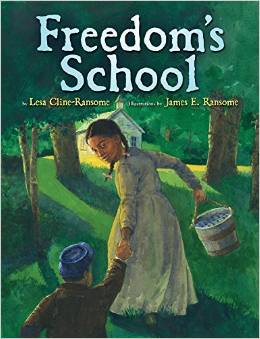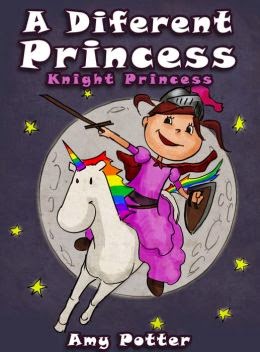Title: A Picture Book of Martin Luther King, Jr.
Title: A Picture Book of Martin Luther King Jr.
Author: David A. Adler
Illustrated By: Robert Casilla
Grade Level: 3rd
Purchase: A Picture Book of Martin Luther King Jr.
Additional: Resources
Element
Four: Social Movements and Social Change
Summary
A picture book of Martin Luther King Jr. is a book for children
that show the many struggles in the past history due to segregation laws and injustice.
It provides student with important dates and events. This book also teaches
children about Dr. King's many accomplishments and the goals he achieved
throughout his life before he was assassinated. It provides student with
detailed pictures and it teaches them about why there was a date declared in January
as the annual federal holiday by the United States Congress to honor the life
and ideals of Martin Luther King, Jr. This book is a part of other picture book
biographies by David A. Adler. What I like most about this book is that it
shows children how a social move made a social change; a social change that is
a part of our society today.
Representation of Element Four: Social Movement
and Social Change
This picture
book of Martin Luther King, Jr. introduces student to social movement and
social justice. its relates to social movement because Dr. Martin Luther King Jr. was one of America's greatest leaders who led the biggest march of all time in Washington to make a social change. Dr. King had dream that one day the nation we live in would not be judge by the color of their skin, but by the content of their character and because of his persistence and protests of social movement, a social change took place. This book also introduces students to the struggles that had to be overcome
in order for social change to take place. This book is a great book to implement
for Element Four; Social Movement and Social Change because it does not
only teach student about the many struggles of the past and history, it also
teaches them that today’s society is functional and desegregated because of the
social movement by Dr. Martin Luther King Jr. that took place to create a social
change for justice within our society. This is a great way to introduce history
of social injustice and social change from the past, into today’s present and
future.
Classroom Activity
An activity that would be great for this book is a match the
important date’s activity. For this activity you will need the following dates
written on index cards; (1929, 1947, 1953, 1955-1956, 1963, 1964, 1968, and
1983; and a plastic baggie to hold the index cards. You will also need the
events that happened on each year occurrence written on a white board. These events
are listed on the last page of this book along with the dates. You will also
need a whiteboard with markers.
Read and review the book with the students, making sure that they
understand the dates and the events that go with the date (year). On the white
board make two columns. Write only the events on one side of the column leaving
the other side for the dates blank. After doing this, have the students select
one index card from the plastic baggie. Ask the students to match the date
that they picked to the event on the white board. Once this is completed, have
the student write the date they selected next to the correct event with a
marker on the white board. After the student does this, have them give a brief explanation
of that date and event that took place. You can also ask questions such as, do you
think this is an important event?; If so why, or why not?.










